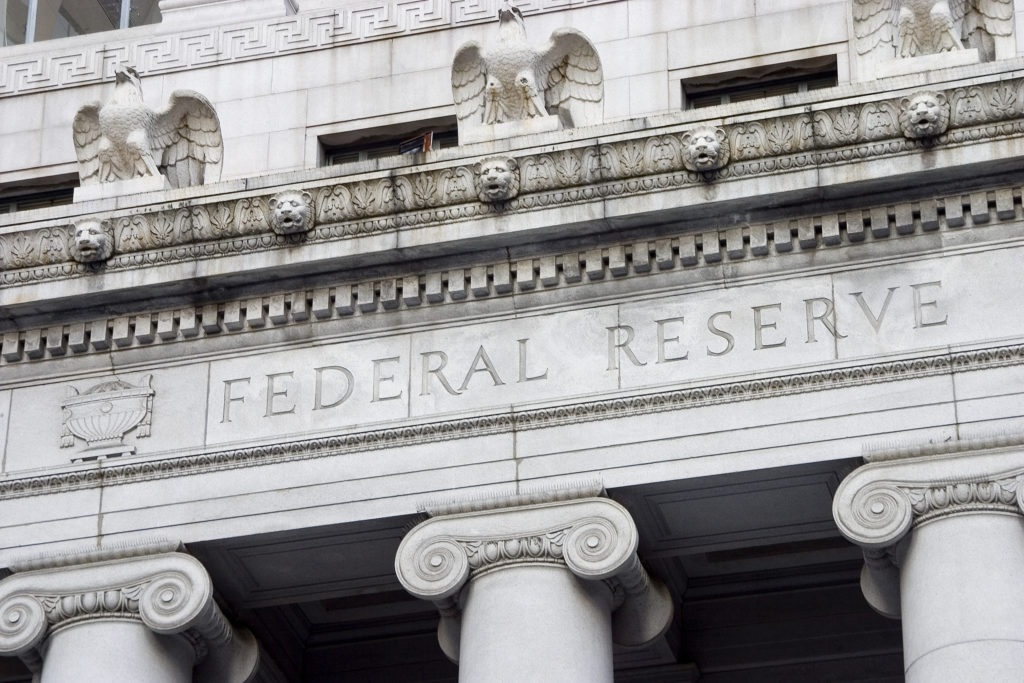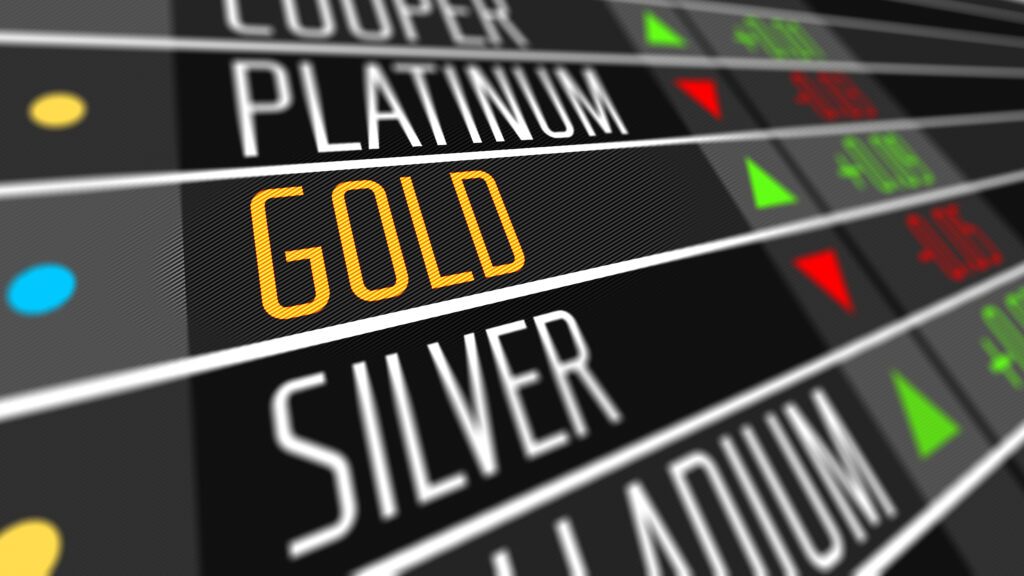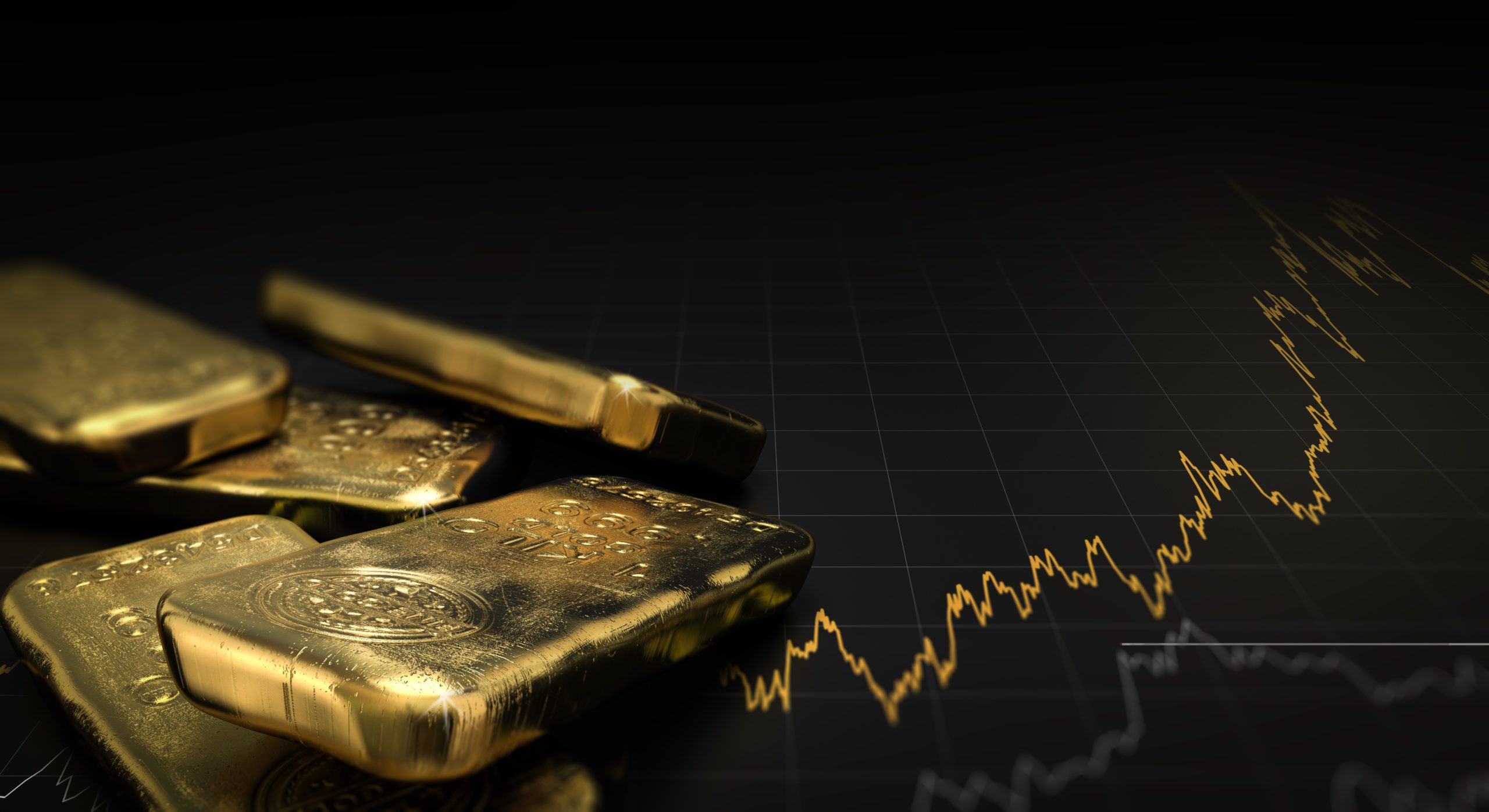If you regularly sell gold, you undoubtedly keep an eye on the gold price. But what gold price factors go into the sometimes unpredictable price?
The simple answer is there are an enormous number of factors that influence the gold price, which is traded globally 24 hours a day. And the fundamental economic factors that drive the gold price are largely unknown to most people.
While these causes are numerous, we can pin down a few well-known things that influence the gold price. These factors include U.S. monetary policy, gold’s relation to the stock market, supply and demand, and political instability.
What’s the effect of monetary policy?
Some people believe monetary policy from the U.S. Federal Reserve is one of the biggest influences on gold and precious metals prices. The thinking is that if the Fed raises the federal funds rate, the gold price will dip.
Others disagree. For instance, a study from the National Bureau of Economic Research concluded there was no solid correlation between interest rates and gold prices. The study argues that throughout much of the 1970s, U.S. interest rates rose sharply, but the price of gold rose right along with them. In the ‘80s, interest rates declined, but gold entered a bear market.

Rising interest rates can be bullish for gold if they negatively affect the U.S. stock market. It’s not uncommon for investors to flock to gold as a safe haven when the stock market declines significantly. For example, gold prices jumped by more than 60% in 1973 and 1974 while interest rates rose and the S&P 500 Index sunk more than 20%.
What about supply and demand?
Since gold is a commodity and a monetary investment, the basic function of supply and demand may have a more significant influence on the gold price. While a surge in gold supply can cause the price to decline, demand is ultimately the more substantial factor.
In 2020, the COVID-19 pandemic heavily affected gold demand. Gold demand declined 14% in 2020 from 2019 and finished at the first sub-4,000t year since 2009, according to the World Gold Council. Yet, gold prices gained more than 25% in 2020, reaching a record-high of $2,067.15 in August.
Despite the lack of physical demand for gold for jewelry and technology, investor demand for gold was very high in 2020. Political instability, the pandemic, and stock market volatility led to record inflows for global gold ETFs ($47.9 billion in U.S. dollars). That’s because many investors look to gold during times of market turmoil.
A smart strategy when selling gold
Gold is an enigma, and the price is influenced by a dizzying number of factors. Indeed, it’s beyond challenging to predict the gold price.
Uncertainty in national and global politics is another significant factor, though it’s hard to quantify. Uncertainty is generally bullish for gold because investors view the precious metal as a safe haven. As investors flock to gold during times of crisis, it drives up the price.

Trying to “time” the gold market and sell when the price is highest sounds great in theory. But timing the market is very hard to execute in reality. Many of Garfield’s longest-standing clients follow an investment strategy known as Dollar-Cost Averaging (DCA) when selling gold and precious metals.
DCA is a strategy in which you sell gold at regular intervals, regardless of current pricing. This tried-and-true strategy takes the guesswork out of timing the gold market. Instead, you average out wins and losses over the long run. DCA protects you from market volatility, and you don’t have to worry about whether you refined your gold at the right time or not.
If you’re looking to sell unwanted gold scrap, look no further than Garfield Refining. Established in 1892, Garfield is a premier precious metals refinery located in Philadelphia, PA, that has served more than one million satisfied customers. Call us today at 888-677-9254 to learn more about selling gold scrap.

